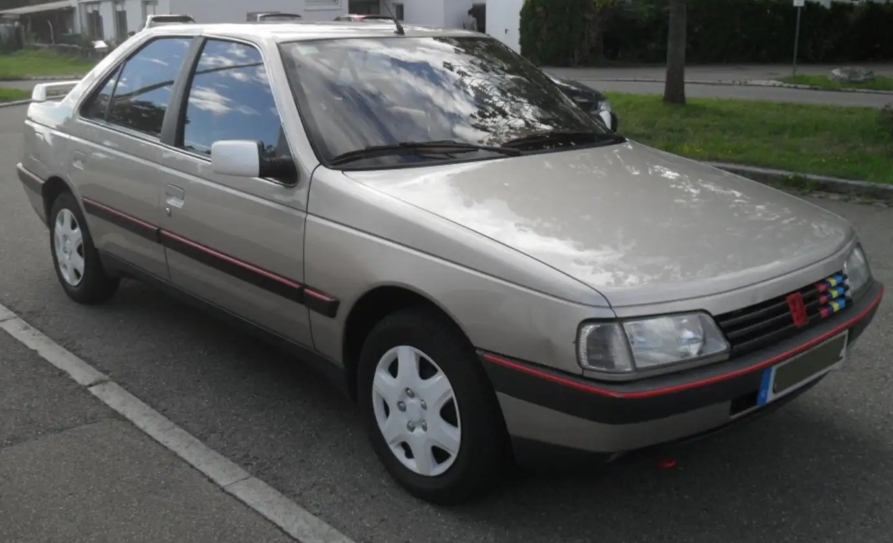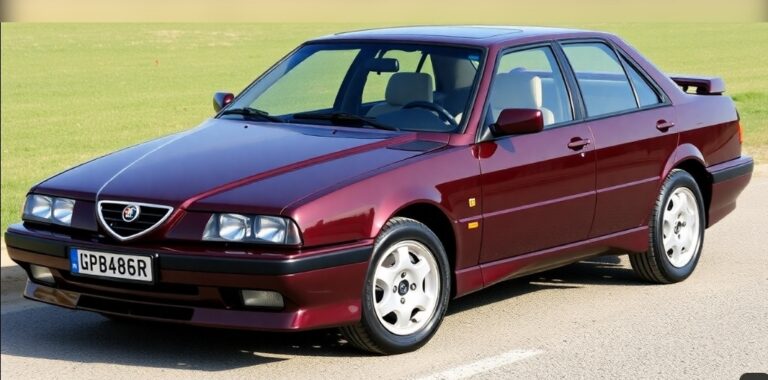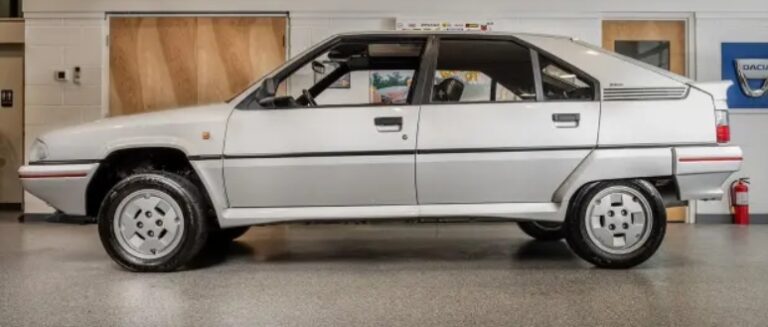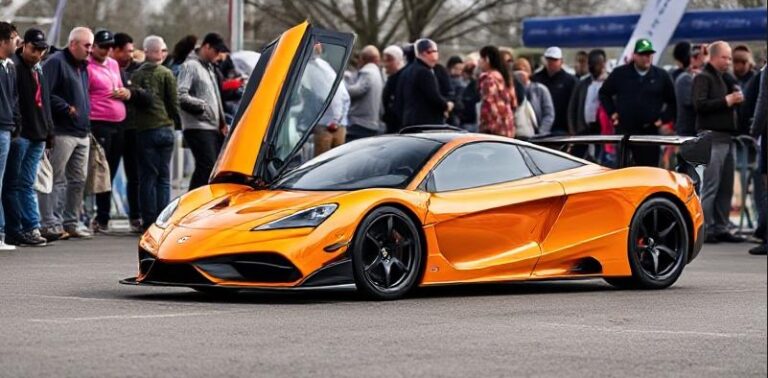The Evolution of Peugeot’s Mid-Size Models: From the 405 to the 406 and 408
Introduction
Peugeot, a renowned French automaker, has a storied history of producing innovative, reliable, and stylish vehicles. Among its most significant offerings in the mid-size segment are the Peugeot 405, 406, and 408. These models represent different eras of Peugeot’s design philosophy, technological advancements, and market strategies. Spanning from the early 1980s to the present day, these vehicles have evolved considerably, reflecting changes in consumer preferences, emissions regulations, safety standards, and technological innovations.
This article traces the evolution of the Peugeot 405, 406, and 408, detailing their production timelines, model variants, and trim levels.
Peugeot 405 (1987–1997)
Introduction and Development
Launched in 1987, the Peugeot 405 was developed as a successor to the Peugeot 305. It marked a significant shift in Peugeot’s design language, adopting a more aerodynamic and modern look. The 405 was designed to compete with European rivals like the Volkswagen Passat, Opel Vectra, and Ford Sierra.
Production Timeline
- Start of Production: 1987
- End of Production: 1997
- Main Markets: Europe, Africa, Asia, and parts of South America
Design and Engineering
The 405 was built on Peugeot’s PSA Group’s platform, offering a front-engine, front-wheel-drive layout, with some variants featuring all-wheel drive. It was praised for its handling, comfort, and build quality.
Model Variants and Trim Levels
Throughout its decade-long production, the 405 was available in several body styles and trim levels:
- Body Styles:
- Sedan (Saloon)
- Hatchback (Phase 1: 3- and 5-door; Phase 2: 3- and 5-door)
- Station Wagon (Break)
- Van/Commercial versions
- Trim Levels (varied by market):
- GL: Basic trim with essentials, introduced in early years.
- GLX: Mid-range offering more comfort and features.
- SR: Sportier trim, often with sport suspension, alloy wheels.
- GR: Higher-performance, sometimes with more powerful engines.
- GTI: The sporty top-tier version, notably with a 1.9-liter turbocharged engine in some markets.
Engine Options
The 405 was offered with a range of gasoline and diesel engines, reflecting the market demands:
- Petrol Engines:
- 1.4L TU-series I4
- 1.6L TU-series I4
- 1.9L XU-series I4 (notably in the GTI)
- 2.0L XU-series I4 (later models)
- Diesel Engines:
- 1.9L DW-series I4
- 2.0L DW-series I4 (later models)
- 1.8L turbodiesel (available in certain markets)
Special Models
- 405 Mi16 (1988–1996): A high-performance variant with a 1.9L turbocharged four-cylinder engine producing up to 160 hp. The Mi16 was a rally-inspired model, equipped with sport suspension, limited-slip differential, and aggressive styling cues.
- 405 T16: A rare turbocharged model, mainly used for rallying homologation.
Major Facelifts and Updates
- 1992: A significant facelift introduced new bumpers, grille, and interior updates. This refreshed the model’s appearance and added safety features like improved crumple zones and optional ABS.
Market Impact
The 405 was critically acclaimed, winning the European Car of the Year in 1989. Its combination of comfort, handling, and reliability made it a favorite among European consumers.
Peugeot 406 (1995–2004)
Introduction and Development
The Peugeot 406 was launched in 1995 as a successor to the 405. It embodied Peugeot’s move towards more refined and stylish designs, incorporating modern technology and safety features.
Production Timeline
- Start of Production: 1995
- End of Production: 2004
- Markets: Europe, Africa, Asia, Australia, and South America
Design and Engineering
Designed by Pininfarina, the 406 featured a sleek, aerodynamic profile with rounded edges, a departure from the boxy predecessors. It was built on PSA Group’s new platform, offering improved ride comfort, safety, and handling.
Model Variants and Trim Levels
- Body Styles:
- Saloon (Sedan)
- Station Wagon (Break)
- Coupe (introduced later)
- Convertible (Coupé Cabriolet, from 1998)
- Trim Levels:
- S: Base model with essential features.
- SE: Mid-range with added comfort and technology.
- SV: Higher trim with luxury features.
- Alize: Top-tier trim, often with leather seats, upgraded audio, and additional safety features.
- Sport Versions: The 406 Coupé and later GTi models.
Engine Options
The 406 offered a broad range of engines, focusing on efficiency, power, and emissions compliance:
- Petrol Engines:
- 1.6L TU-series I4
- 2.0L XU-series I4
- 2.2L XU-series I4 (available in certain markets)
- 3.0L V6 (PRV-derived engine, notably in high-end trims and the V6 Coupe)
- 2.0L Turbo (introduced in later models)
- Diesel Engines:
- 1.9L DW-series I4
- 2.0L DW-series I4
- 2.2L J8S engine
- 2.1L HDi turbo-diesel (introduced in 1998, marking Peugeot’s shift toward common rail diesel technology)
Special and Performance Models
- Peugeot 406 Mi16 (1997–2004): The sporty variant with a 2.0L 16-valve engine producing around 147 hp, offering a sporty driving experience with upgraded suspension and styling.
- 406 Coupe (1997–2004): Designed by Pininfarina, it was a stylish two-door with coupe styling, available in various trims, offered with petrol and diesel engines.
- 406 Break (Station Wagon): Practical and spacious, popular in family and commercial markets.
Facelifts and Model Updates
- 2001: A notable facelift included revised front and rear bumpers, new grille, upgraded interior, and safety features like optional ESP and advanced airbags.
- Special Editions: Various limited editions, such as the “Executive” and “Premium,” offered additional luxury features.
Safety and Technology
The 406 was among the first Peugeot models to incorporate extensive safety features, including dual front airbags, ABS, traction control, and later, stability control.
Market Reception
The 406 was praised for its comfort, refined ride, and elegant styling. It was a commercial success, especially in Europe, and served as Peugeot’s flagship until the introduction of newer models.
Peugeot 408 (2010–Present)
Introduction and Development
The Peugeot 408 is a more recent addition to Peugeot’s lineup, introduced in 2010 primarily for emerging markets such as China, South America, and some Asian countries. It is based on the same platform as the Peugeot 308 but positioned as a crossover or fastback-style sedan.
Production Timeline
- Start of Production: 2010
- Current Status: Still in production in some markets (as of 2023)
- Markets: China, South America, Southeast Asia, parts of the Middle East
Design and Engineering
The 408 features a sleek, coupe-inspired fastback design aimed at combining the practicality of a sedan with the sporty aesthetics of a crossover. It shares many components with the Peugeot 308, including chassis and interior features.
Model Variants and Trim Levels
- Body Styles:
- 4-door sedan
- Hatchback (in some markets)
- Crossover variants (in certain markets)
- Trim Levels:
- Access: Entry-level, basic features
- Allure: Mid-range with upgraded interior and technology
- GT Line: Sportier styling cues, enhanced features
- GT: Top-tier performance and luxury features
Engine Options
The 408 has been offered with various petrol and diesel engines, tailored to regional markets:
- Petrol Engines:
- 1.2L PureTech turbocharged I3
- 1.6L THP turbocharged I4
- 1.6L VTi
- 1.8L or 2.0L naturally aspirated I4 (in some markets)
- Diesel Engines:
- 1.5L BlueHDi I4
- 1.6L BlueHDi I4
- 2.0L BlueHDi I4
Features and Technology
The 408 is equipped with modern infotainment systems, touchscreens, advanced driver assistance systems (ADAS), and safety features aligned with current standards.
Market Position and Reception
In markets like China, the 408 enjoys popularity as an affordable, stylish sedan with good equipment levels. It offers a balance of comfort, technology, and efficiency.
.
Many car aficionados have multiple hobbies, like boating as well as auto stuff. Those who don’t already own a boat (and even some that do), may have thought about building their own boats. It’s really not as hard as you’d think. Just take a look at these easy boat building plans!

.
Summary of Key Evolutionary Highlights
| Model | Production Years | Notable Features | Engine Options | Special Models |
|---|---|---|---|---|
| Peugeot 405 | 1987–1997 | Winner of Car of the Year 1989, aerodynamic design, diverse body styles | 1.4L–2.0L petrol, 1.9L–2.0L diesel | Mi16, T16 rally homologation |
| Peugeot 406 | 1995–2004 | Pininfarina styling, advanced safety, coupe variant | 1.6L–3.0L petrol, 1.9L–2.2L diesel | Mi16, Coupe, Sport trims |
| Peugeot 408 | 2010–present | Fastback/crossover styling, modern tech | 1.2L–2.0L petrol, 1.5L–2.0L diesel | GT, Allure, Access trims |
Conclusion
The evolution of Peugeot’s 405, 406, and 408 models reflects the company’s commitment to innovation, style, and adapting to market demands. The 405 set the stage with its aerodynamic design and sporty variants; the 406 refined Peugeot’s offerings with elegance, safety, and technology; and the 408 continues the trend with modern features tailored to emerging markets seeking affordable yet stylish vehicles.
Each model’s development signifies Peugeot’s response to changing automotive landscapes—embracing new engines, safety standards, and design philosophies—cementing their place in the history of European and global automotive markets.







